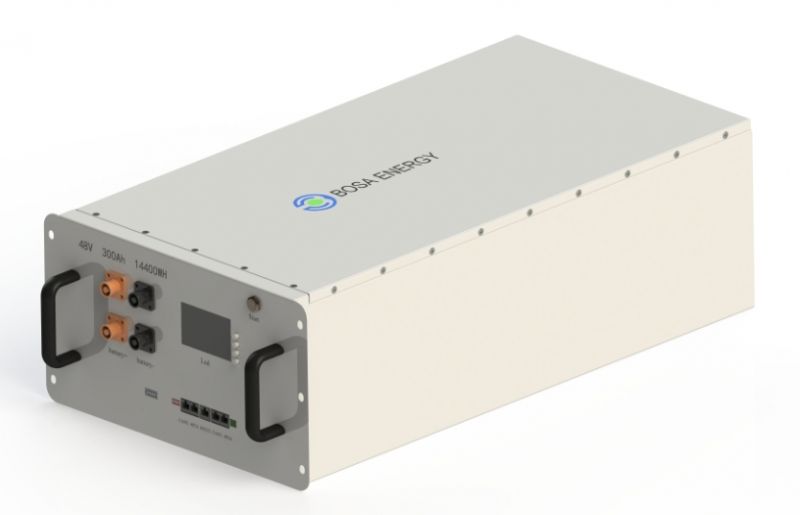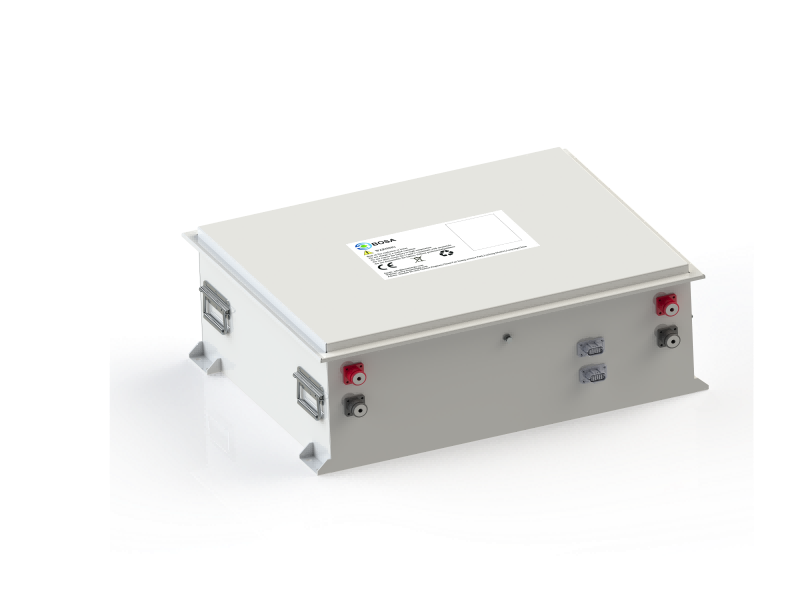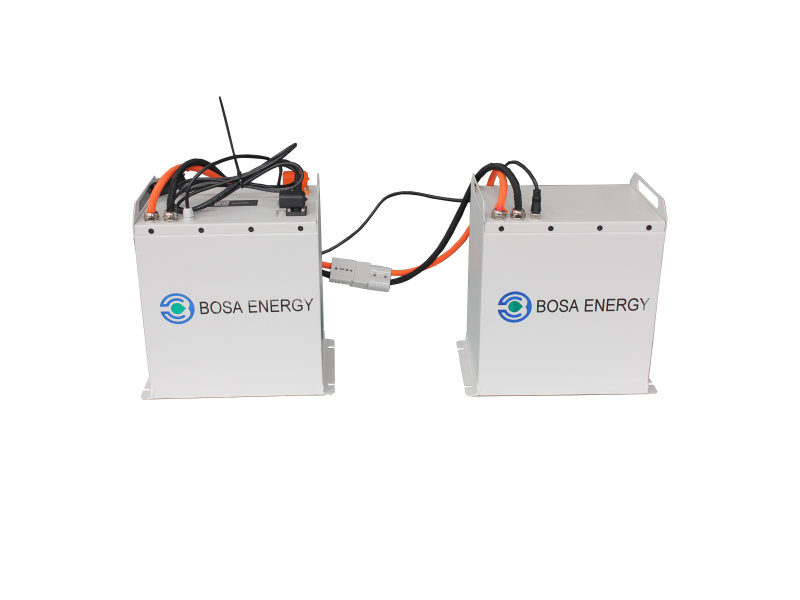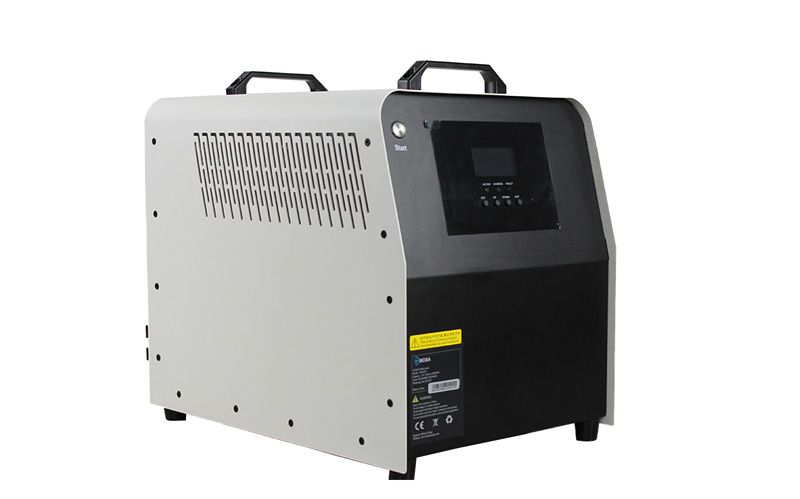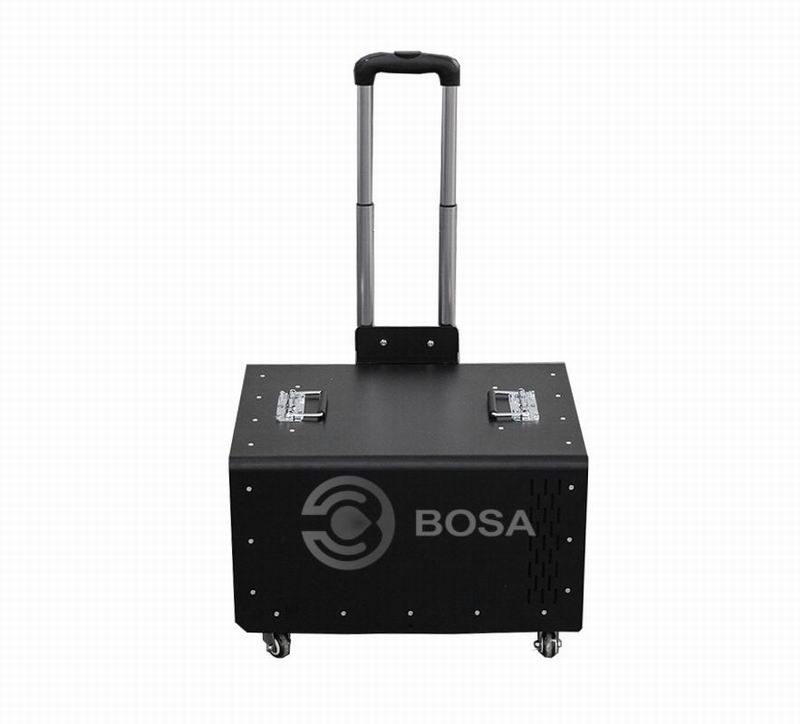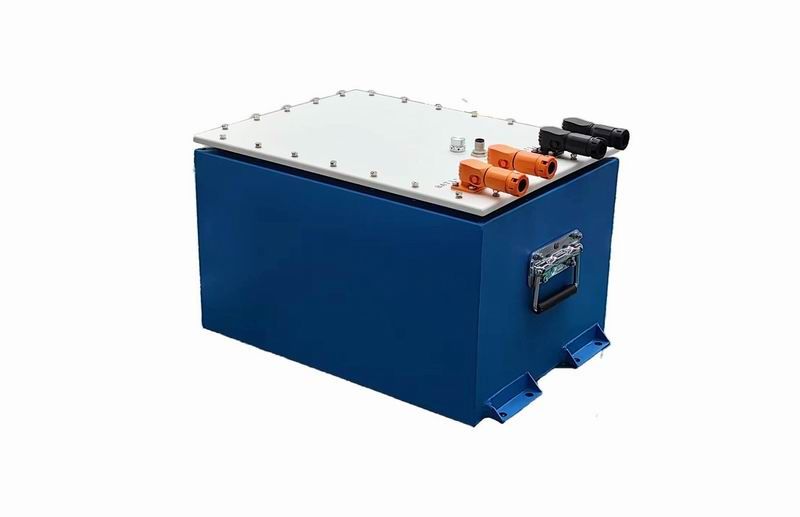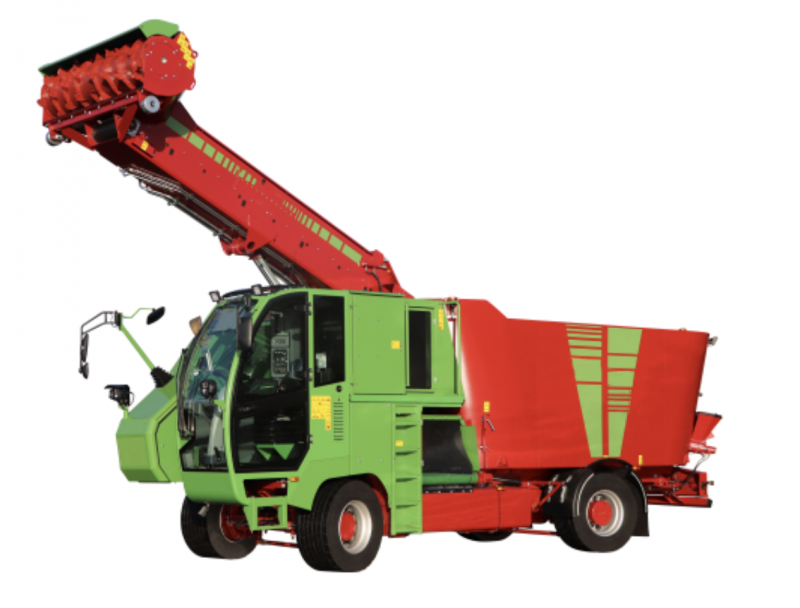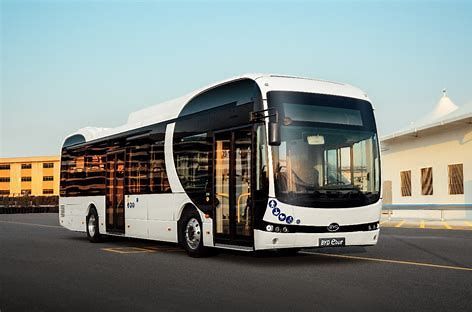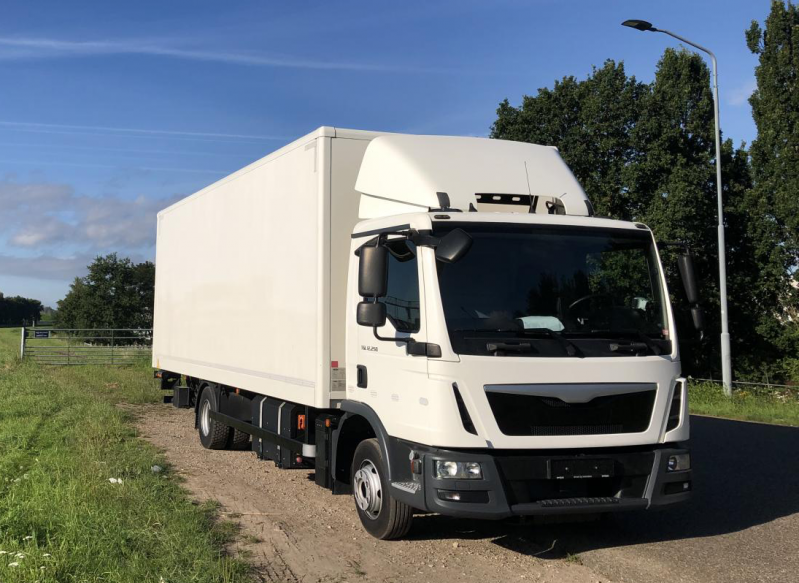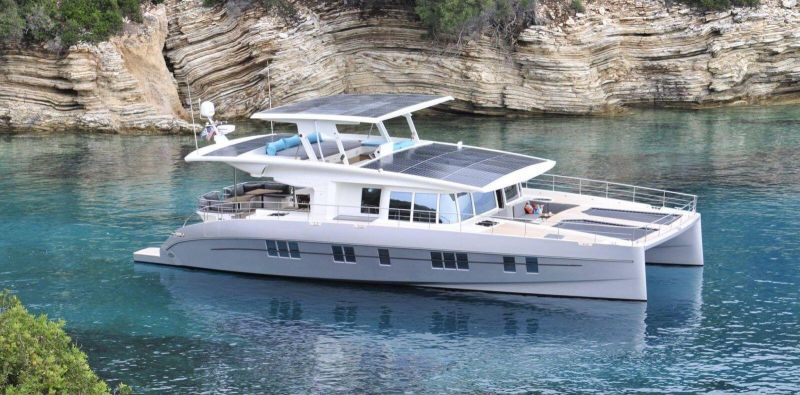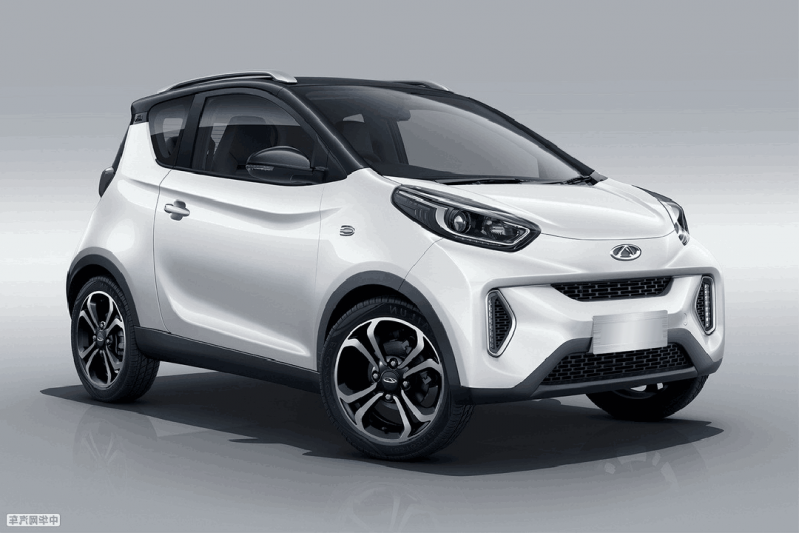-
2025-10-30
Three Core Knowledge Areas You Must Master
Three Core Knowledge Areas You Must MasterArea 1: Technical Route and Core Components (Understanding the Structure of an Energy Storage System)An energy storage system (especially electrochemical energy storage) is like a person:Cell -> Heart: The core unit that stores energy. Currently, the mainstream is the LFP battery due to its safety and long lifespan.Battery Pack -> Body: Made up of many cells, plus structural components and heat sinks.BMS -> Brain: Constantly monitors the health of each cell (voltage, temperature), preventing overcharge and over-discharge to ensure safety.EMS -> Commander-in-Chief: Responsible for formulating economic strategies. It knows when to charge when electricity prices are low and when to discharge when prices are high, maximizing profits.PCS -> Muscle/Converter: Responsible for converting between AC (grid power) and DC (battery power), controlling charging and discharging.Area 2 : Main Application Scenarios (Where is energy storage used?)Generation Side:Renewable Energy Storage: Energy storage is installed alongside wind farms and photovoltaic power plants.Grid Side: Power grid companies construct storage systems for peak shaving and frequency regulation, maintaining grid stability.User Side - This is currently the most mainstream application:Commercial and Industrial Energy Storage: Factories, shopping malls, etc., install energy storage primarily to save huge amounts of money on electricity bills by taking advantage of peak-valley price differences.Residential Energy Storage: Combined with rooftop photovoltaic systems, it enables households to achieve self-sufficiency in electricity.Area 3: Safety – The Absolute Red LineThermal Runaway: This is the greatest threat to battery safety. It refers to the phenomenon where a battery's temperature rises cascadingly due to short circuits, overheating, or other reasons, ultimately leading to fire and explosion.Safety Design: Excellent energy storage systems prevent and mitigate thermal runaway through multiple aspects, including cell selection (LFP is safer), real-time BMS monitoring, fire suppression systems (fire extinguishing gases such as heptafluoropropane), and structural design.
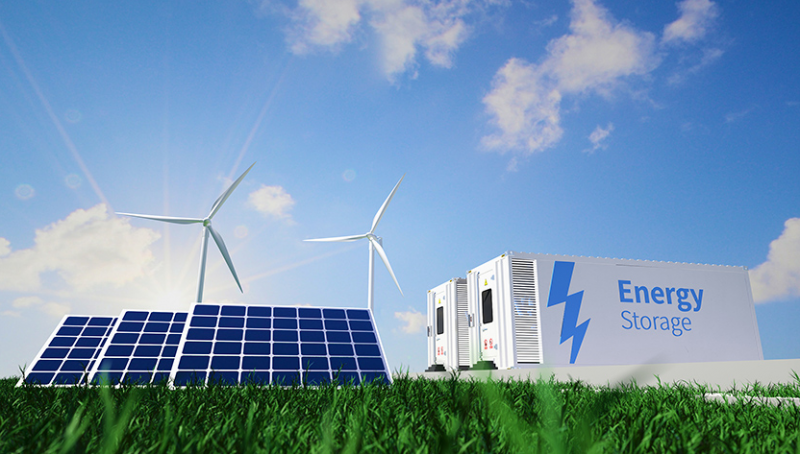 See more —>
See more —>
-
10-242025
Understanding the parameters of lithium batteries: easy selection of lithium batteries
Basic Parameters of Lithium Batteries1. Rated CapacityRated capacity refers to the maximum charge a lithium battery can deliver under specific conditions, typically measured in milliampere-hours (mAh) or ampere-hours (Ah). This parameter reflects the battery's ability to store energy and determines how long it can power a device. When selecting a lithium battery, the required capacity should be determined based on the device's power consumption and expected usage time.2. Rated VoltageRated voltage refers to the voltage of a lithium battery when fully charged, typically measured in volts (V). Understanding the battery's rated voltage helps us select the appropriate charger and power-consuming device to ensure proper battery operation.3. Internal ResistanceInternal resistance refers to the internal resistance of a lithium battery, which affects its charge and discharge efficiency and heat generation. The lower the internal resistance, the higher the battery's charge and discharge efficiency and the lower the heat generated. Therefore, when selecting a lithium battery, it is best to choose one with a low internal resistance.4. Cycle LifeCycle life refers to the number of charge and discharge cycles a lithium battery can undergo. The cycle life of a lithium battery depends on its structure and materials, and generally ranges from several hundred to several thousand cycles. Understanding the battery's cycle life helps us plan battery usage and replacement cycles appropriately and avoid excessive battery wear.5. Self-discharge rateThe self-discharge rate refers to the rate at which a lithium battery discharges when unused, typically expressed as a percentage per month. A lithium battery's self-discharge rate is dependent on factors such as its materials, manufacturing process, and storage conditions. Understanding the battery's self-discharge rate helps us plan battery storage and usage appropriately, preventing battery loss due to prolonged inactivity.6. Operating temperature rangeThe operating temperature range refers to the temperature range within which lithium batteries operate normally. Lithium batteries are temperature-sensitive, and temperatures both too high and too low can affect their performance and lifespan. Therefore, when using lithium batteries, ensure they operate within the appropriate temperature range to avoid battery damage or safety incidents.7. Charging timeCharging time refers to the time it takes for a lithium battery to charge from empty to full, typically measured in hours. This charging time is affected by various factors, including the charger's power, the battery's capacity, and the charging method. Understanding the battery's charging time helps us plan charging appropriately and avoid overcharging or undercharging. 8. Depth of DischargeDepth of discharge refers to the ratio of the maximum capacity reached by a lithium battery during discharge to its rated capacity. The deeper the depth of discharge, the shorter the battery life. Therefore, when using lithium batteries, avoid deep discharge to extend the battery life.9. Cut-off VoltageThe cut-off voltage refers to the voltage threshold that a lithium battery should not exceed during charging and discharging. During charging, the battery voltage should not exceed the maximum cut-off voltage; during discharging, the battery voltage should not fall below the minimum cut-off voltage. Exceeding these thresholds may damage the battery, affecting its performance and lifespan. Therefore, when using lithium batteries, ensure that the charging and discharging processes occur within the appropriate voltage range.10. Energy DensityEnergy density refers to the amount of energy a lithium battery can store per unit volume or weight, typically measured in watt-hours per kilogram (Wh/kg) or watt-hours per liter (Wh/L). A higher energy density means the battery can store more energy within the same volume or weight, which is particularly important for electronic devices that require long-term operation or portability.How to Choose the Right Lithium BatteryWhen selecting a lithium battery, we need to comprehensively consider the above parameters. First, determine the required rated capacity based on the device's power consumption and expected usage time. Second, ensure that the selected lithium battery's rated voltage, internal resistance, and cycle life meet the device's requirements. Furthermore, we need to pay attention to parameters such as the lithium battery's self-discharge rate, operating temperature range, and charging time to ensure stable and safe battery operation.
-
10-172025
How to use lithium batteries for better performance in winter
Battery preheatingPreheating lithium batteries before use is crucial. For example, preheating batteries in electric vehicles can be used to raise the battery temperature to an appropriate operating range before charging. When the battery temperature rises, the fluidity of the electrolyte improves, the activity of the electrode materials recovers, and chemical reactions proceed more smoothly, reducing the power output limitations caused by low temperatures and ultimately improving battery life.Charge in timeIn winter, try to avoid leaving your battery in a low-power state for extended periods. When the battery is low, its performance degrades significantly in low-temperature environments. Prompt charging can help maintain a relatively good reserve and performance.It is best to charge the vehicle right after using it and when the battery is still hot. This will not only reduce charging time, but also protect the battery and be more efficient.Choose a suitable charging environmentTry to charge in a relatively high temperature environment, such as indoor places like underground parking lots. Compared with the cold outdoors, the higher indoor temperature helps improve charging efficiency, ensuring that the battery can be charged with more power, thereby increasing the driving range.Don't over dischargeDon't charge after the battery is completely depleted, as this can easily affect the battery's performance and lifespan. It is recommended to charge when the battery is at 20% to 30% remaining. In winter, you can float charge the battery for 1 to 2 hours to ensure it is fully charged.Charge regularlyIf the vehicle is idle for a long time, it also needs to be charged regularly to ensure that the power is between 20% and 80% to avoid the battery being in a low power state for a long time.Regular battery testing and maintenanceRegularly visit professional after-sales service centers to inspect and maintain your lithium battery to ensure it is in a healthy state. Professionals can check the battery's power calibration and potential faults, identify and resolve problems promptly, and ensure the battery can output power at its best performance in winter.
-
10-102025
Five core components of energy storage battery PACK
What is an energy storage battery PACK?An energy storage battery pack is not just a single "battery," but rather an integrated energy storage and management unit. Its core function is to combine numerous individual cells through a scientific series-parallel arrangement, then integrate them with a battery management system (BMS), thermal management system, electrical components, and protective enclosure to form a complete energy package ready for immediate use in energy storage scenarios.The value of the pack lies in its integration of various components, which addresses the limited capacity of individual cells. Not only does it provide higher voltage and capacity, but the BMS and thermal management system also ensure the safety, efficiency, and longevity of the entire unit during charging and discharging, making it an indispensable core power source in energy storage systems.The five core components of PACK are indispensableA battery pack can be specifically divided into five core modules. The battery module is the "energy heart" of the pack. It's a "small unit" composed of multiple single cells connected in series and parallel. For example, connecting 12 3.2V cells in series creates a 38.4V module. Connecting multiple such modules in parallel further increases capacity. Its core function is to "store and release electrical energy." Different module types can be selected based on the voltage and capacity requirements of the energy storage scenario.The electrical system is the "blood vessels and nerves" of the pack. As the energy transmission and signal transmission network, it primarily consists of connecting copper busbars, high-voltage wiring harnesses, low-voltage wiring harnesses, and electrical protection devices (such as fuses and relays). The high-voltage wiring harness is responsible for transmitting the high-voltage electrical energy stored in the battery module to external loads (such as inverters), serving as the core channel for energy transfer. The low-voltage wiring harness transmits BMS control signals and battery cell status signals (such as voltage and temperature) to various components in real time, ensuring the coordinated operation of the entire system. The connecting copper busbars serve as the "conductive bridge" between battery cells and modules, requiring low resistance and strong conductivity to avoid potential overheating caused by poor contact.The thermal management system is the "smart air conditioning" of the pack. Batteries are most vulnerable to uneven heating and cooling. Excessive temperatures can cause cell bulging, shorten battery life, and even pose safety risks. Excessive low temperatures significantly reduce charging and discharging efficiency. Therefore, the thermal management system creates a "constant temperature environment" for the pack, ensuring that all battery cells operate within a temperature range of 5°C or less. The current mainstream thermal management methods are divided into two categories. Air cooling uses fans, heat exchangers and other components to remove heat through air flow. It has a simple structure and low cost, and is suitable for small and medium-power energy storage scenarios (such as household energy storage). The core components include compressors, fans, heat exchangers, etc., and have high assembly flexibility. Liquid cooling absorbs heat through the circulation of coolant, has higher temperature control accuracy and stronger heat dissipation efficiency, and is suitable for high-power energy storage power stations (such as photovoltaic supporting energy storage).The box is the "skeleton and armor" of the PACK. As an external protective structure, it is mainly composed of the box body, cover, metal bracket, and fixing screws. It has three core functions: the support function is to fix the internal battery modules and electrical components to ensure structural stability; the protection function is to resist external mechanical impact (such as collision) and vibration, while preventing dust and moisture from entering the interior, meeting the protection requirements of outdoor energy storage scenarios (usually requiring an IP65 protection level); some boxes also integrate fireproof materials to further enhance safety performance.The BMS is the "brain and center" of the battery pack. As the intelligent control core, it is responsible for real-time monitoring and precise management of the entire battery system. Its main functions include condition monitoring, charge and discharge management, balancing control, and data transmission. Condition monitoring collects the voltage, current, and temperature of the battery cells, as well as the state of charge (SOC) and state of health (SOH) of the entire pack in real time. Charge and discharge management prevents overcharge, overdischarge, and overcurrent, ensuring that the charge and discharge process remains within a safe range. Balancing control adjusts the cell state through active or passive balancing when voltage differences occur between cells, preventing life degradation due to poor consistency. Data transmission uploads monitored data to the MES or energy storage system control platform for remote monitoring and operation and maintenance.





